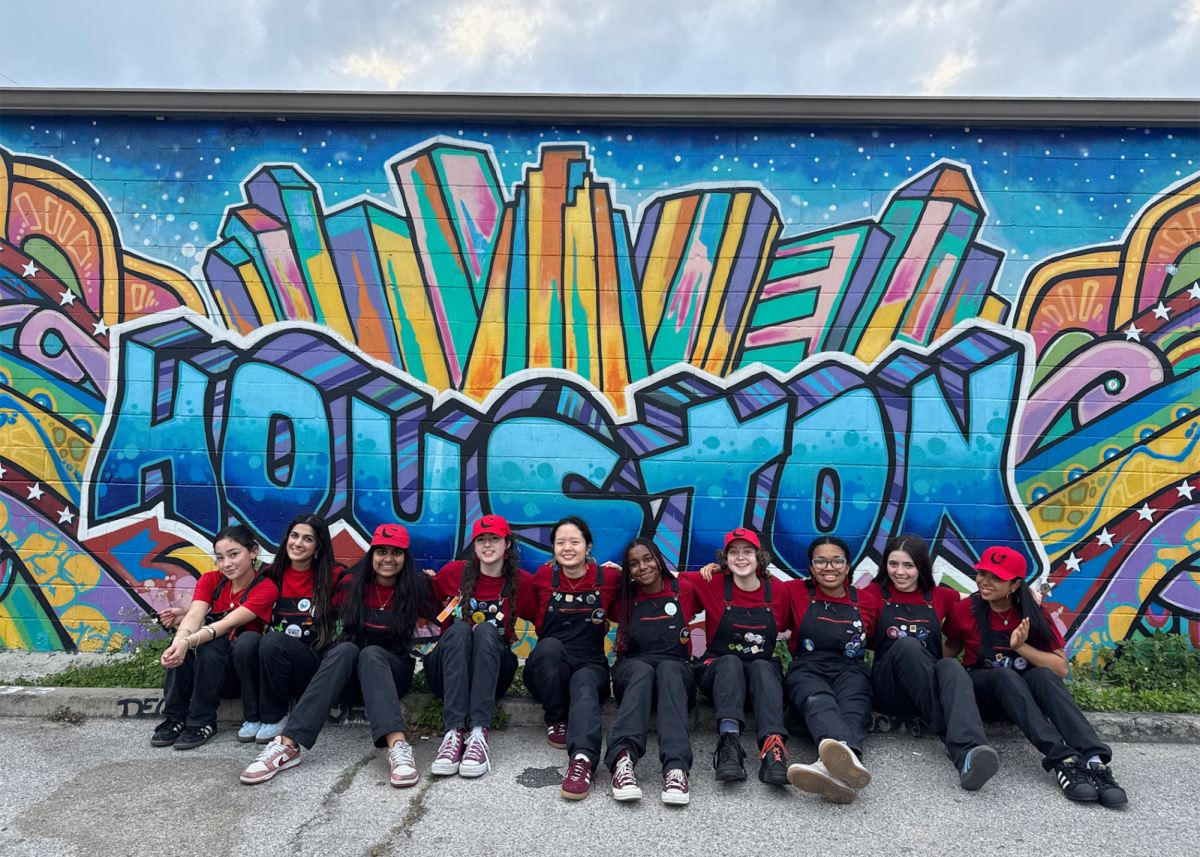
Look, I’m not going to argue that handwritten in-class essays make for a comfortable testing experience. In fact, I recognize that when you’re given 40 minutes to write an essay-like thing into existence, typing can be far less strenuous. After all, you can easily rearrange paragraphs, change your thesis and rewrite entire sections. There’s also the question of accessibility; being able to write by hand is a privilege that not all people have, and it’s important to recognize and respect individual needs and accommodations.
However, the benefits of handwriting essays cannot be overlooked. For one thing, producing written work by hand requires one to plan out the structure of the essay before they begin, as well as form sentences in their head before they put their pen to the paper. Every word matters more because any mistakes will have to be crossed out and rewritten. In this way, having to write by hand forces students to think more about big-picture essay organization.
Department Head of English David Long discussed his experience while grading typed essays during the pandemic. He said that though typed essays generally tend to be longer than handwritten essays, he does not find them to be better in terms of quality; in fact, he talked about how typed essays sometimes have more issues than those that are handwritten.
“When students are typing their essays, there is a speed at which they write which may lead to more typographical errors and uncommon grammatical mistakes,” Long said. “When you’re using a pencil or pen, you have a commitment to placing sentences on the page and moving on, which might lead to more careful thinking.”
Furthermore, according to Stuart Wrigley at the University of London, handwriting stimulates the electrical impulses of the brain in a way that leads to better mental processing of ideas, as it is a more cognitively involved process. Thus, it engages the brain in a way that improves mental capacity and the quality of one’s writing.
Additionally, according to the aforementioned study, handwritten essays are far less likely to be plagiarized or “de-plagiarized” (i.e. when a student tweaks copy-and-pasted material to avoid plagiarism detection), which is an especially relevant issue in the wake of ChatGPT’s rising popularity. A quick Google search reveals the different ways in which colleges are considering a shift away from typed work to minimize academic dishonesty. According to The New York Times, university professors are redesigning courses to prevent cheating by including more handwritten assessments and papers. Therefore, even in our increasingly technology-oriented society, handwriting essays could become much more prevalent in many college courses and is an important skill to maintain and refine.
Personally, as a calligraphy and stationery enthusiast, there’s also something awfully satisfying about forming lovely, inky letters on a blank canvas (even if that canvas is a sheet of lined paper destined for your teacher’s unforgiving red pen). Handwriting an essay is far more fulfilling than hunching over the blue light of your laptop screen, clicking away at tiny computer keys. After all, every individual’s handwriting is uniquely different. The size and slant of the letters, whether you loop your letters or not, wide or narrow spacing … or perhaps I’m just psychoanalyzing handwriting.
So, the next time you’re crafting an in-class essay, perhaps you can appreciate the mental benefits and the authenticity — and beauty — of an old-fashioned handwritten assignment, and even learn to find joy in the act of putting pen to paper and creating something out of nothing.







